We may earn money or products from the companies mentioned in this post. This means if you click on the link and purchase the item, I will receive a small commission at no extra cost to you ... you're just helping re-supply our family's travel fund.
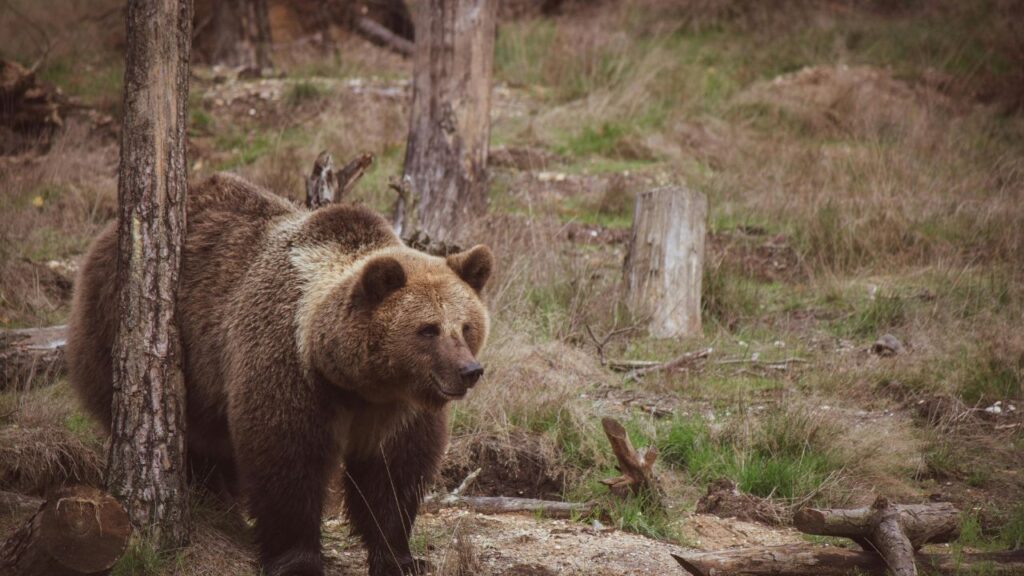
Bear spray is an essential safety tool in bear country, but timing is everything. If you wait too long, even the most potent canister won’t help you. Recognizing the critical moment before it’s too late is key to staying safe. These ten red flags signal that your window for using bear spray effectively has already closed.
You Hear a Loud Huff and It’s Way Too Close
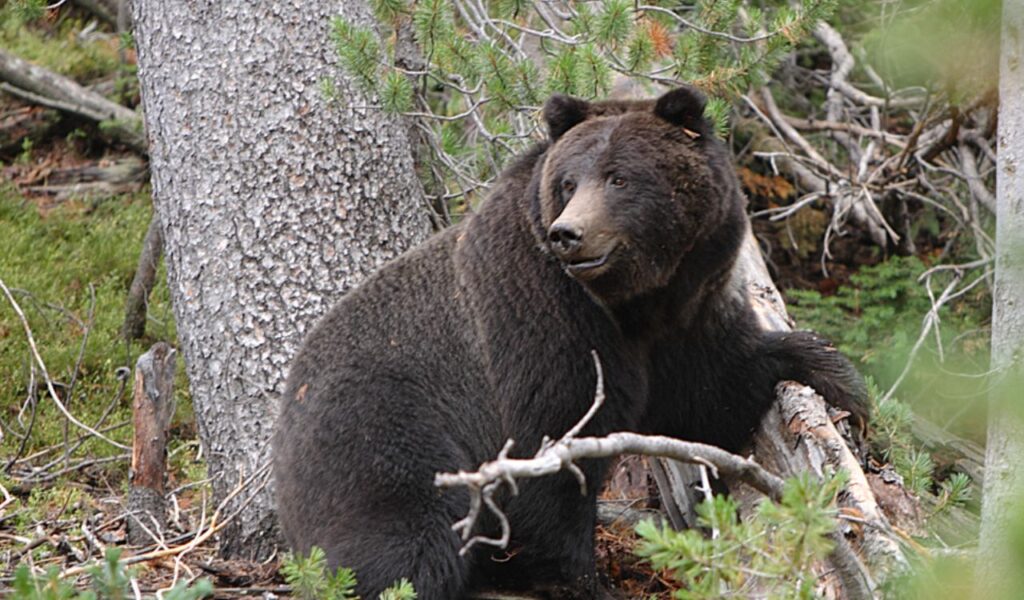
That deep, guttural huff means a bear is nearby and agitated. At this point, it’s likely within charging distance. Reaching for bear spray now may be too slow, as bears can cover 30 feet in just one second. Instead of fumbling around and wasting precious time, freeze in place, speak in a calm tone, and slowly back away while avoiding sudden movements. You want to appear non-threatening. Scrambling for your spray now could startle the bear and provoke an aggressive response.
The Bear Is Already Charging
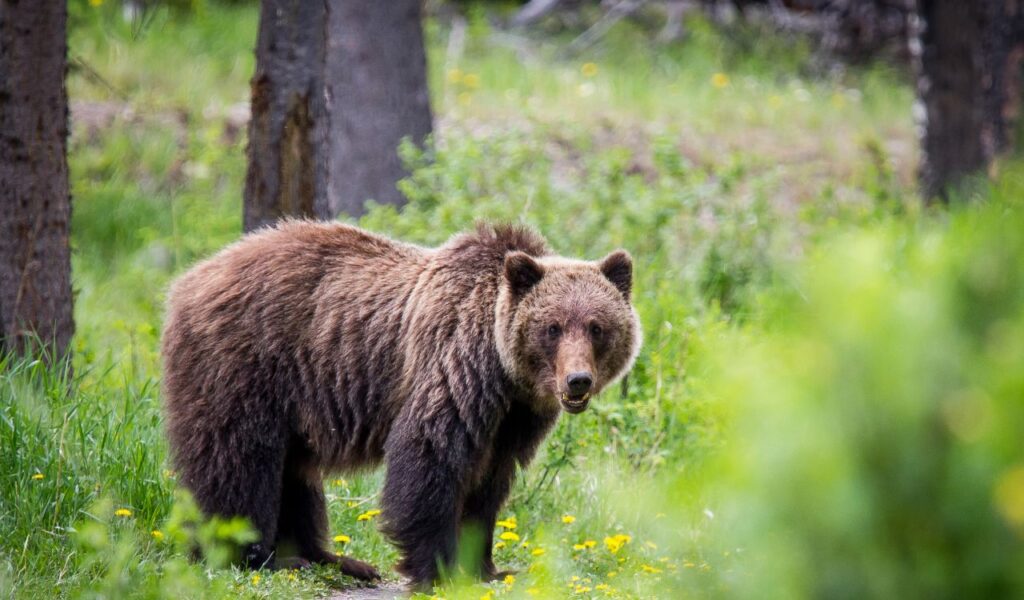
A charging bear can hit speeds of 35 mph, making your reaction time nearly nonexistent. If your spray isn’t already in your hand and ready to deploy, the bear may be on top of you before you even disengage the safety clip. In this moment, standing your ground might be more effective. Many bear charges are actually bluffs. Only spray if the bear is within 20 feet, and be prepared to drop the can and use other defensive tactics if it doesn’t stop.
Your Bear Spray Is Buried Under Snacks and Gear
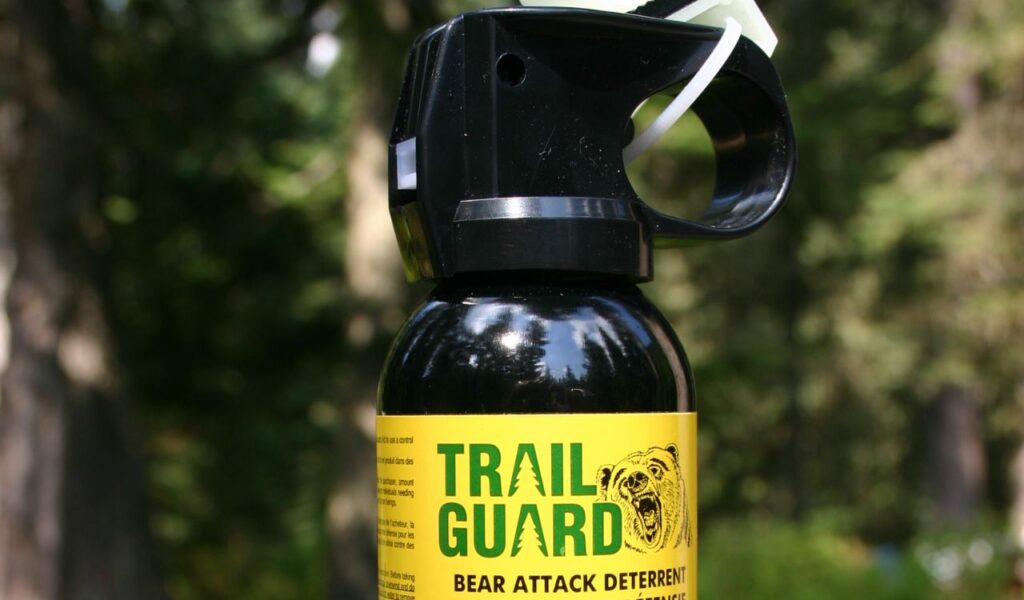
If your bear spray is tucked deep inside your backpack beneath trail mix, a jacket, or a water bottle, you’ve already set yourself up for disaster. Bears don’t wait for you to rummage through compartments. In an encounter, every second matters. Bear spray should always be clipped to your hip belt, chest strap, or shoulder harness for instant access. If it’s buried, shift to non-spray methods: wave your arms, raise your voice, and back away slowly to avoid escalating the situation.
You’re Struggling to Remove the Safety Clip

In high-adrenaline situations, even simple tasks can become difficult. If you’re fumbling with the safety clip when a bear is approaching, you could miss your window for defense. Bear spray clips are designed to be removed quickly, but they still require familiarity and practice. If you haven’t rehearsed with your canister before the hike, your muscle memory might fail you at the worst moment. That delay—just a few seconds—can be the difference between deterring the bear and being attacked.
Understanding Bear Behavior on the Trail

Bears are naturally shy creatures that prefer to avoid humans—but their behavior changes when food is involved. In places like national parks, bears may be drawn to picnic areas, trash cans, or campsites because of human leftovers. Even if a bear seems calm or used to people, it’s still a wild animal and can act unpredictably. Stay alert, give bears plenty of space, and never approach or feed them. Respecting their space is the safest way to coexist on the trail.
The Bear Is Already On Top of You

Once the bear has made physical contact, bear spray is no longer a viable option. At this point, your priority must shift to survival and protection. Drop to the ground, cover your neck and head with your arms or backpack, and play dead if it’s a grizzly. If it’s a black bear and the attack persists, fight back with everything you have. The spray won’t help anymore, and attempting to reach for it could expose your vital areas or provoke more aggression.
Your Bear Spray Is Expired
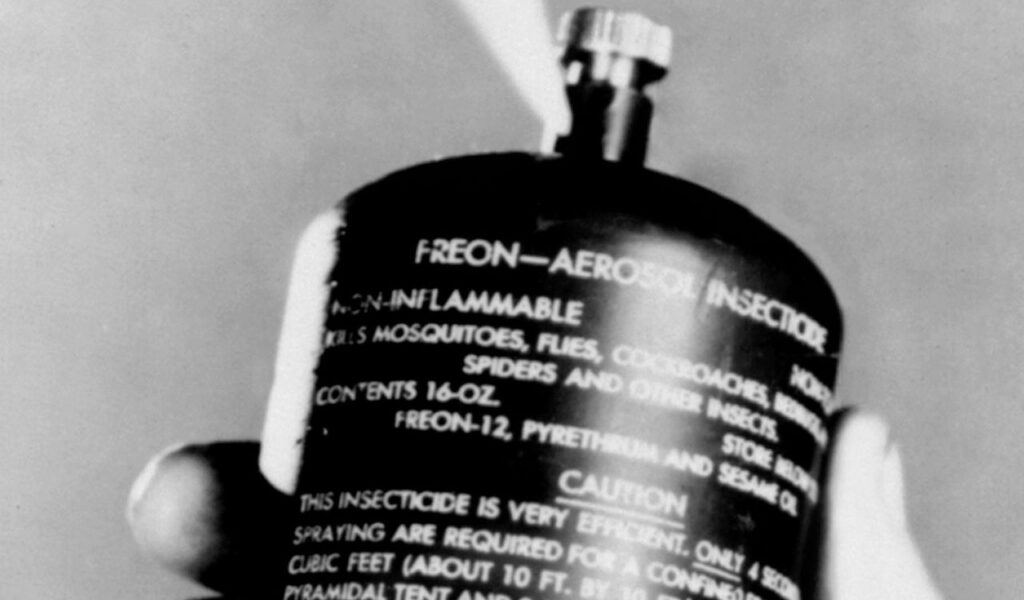
Bear spray has an expiration date for a reason. Over time, pressure inside the canister can drop, or the active ingredient can degrade—making it less effective or non-functional when you need it most. Always check the expiration date before heading into bear country and replace any canister that is close to or past its shelf life. Using an expired can could lead to a weak or uneven spray pattern, which might not stop a charging bear or even reach it at all.
The Bear Doesn’t React to the Spray
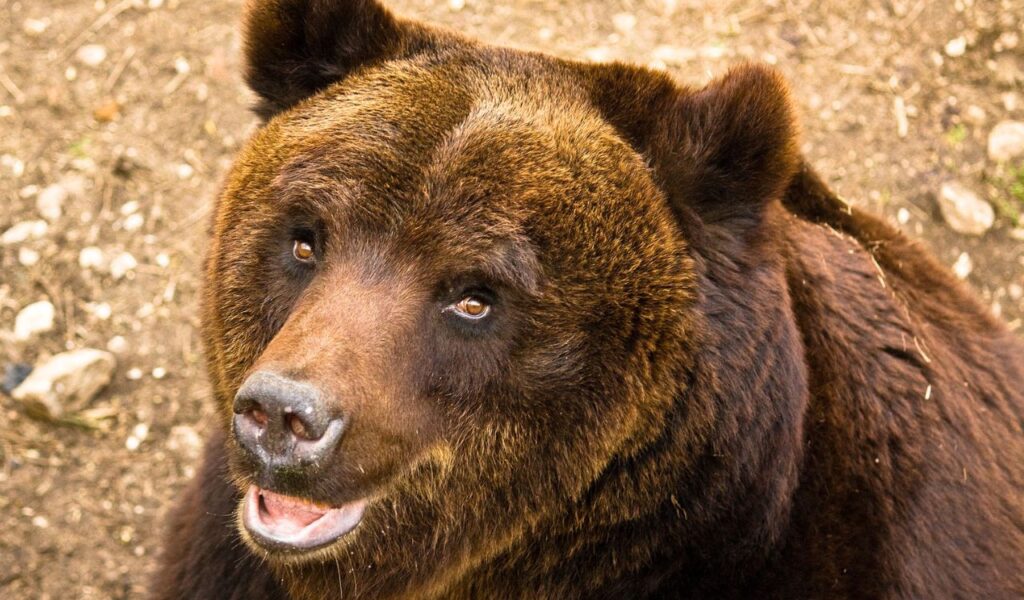
Although bear spray is highly effective, no method is foolproof. Some bears—especially those that are starving, sick, or used to human presence—might charge right through the cloud. If the bear doesn’t stop, don’t waste time continuing to spray. Instead, switch to your backup plan: make yourself look larger, yell firmly, and back away without turning your back. If contact becomes unavoidable, drop into a defensive posture or prepare to fight back, depending on the bear species and situation.
You Accidentally Sprayed Yourself First
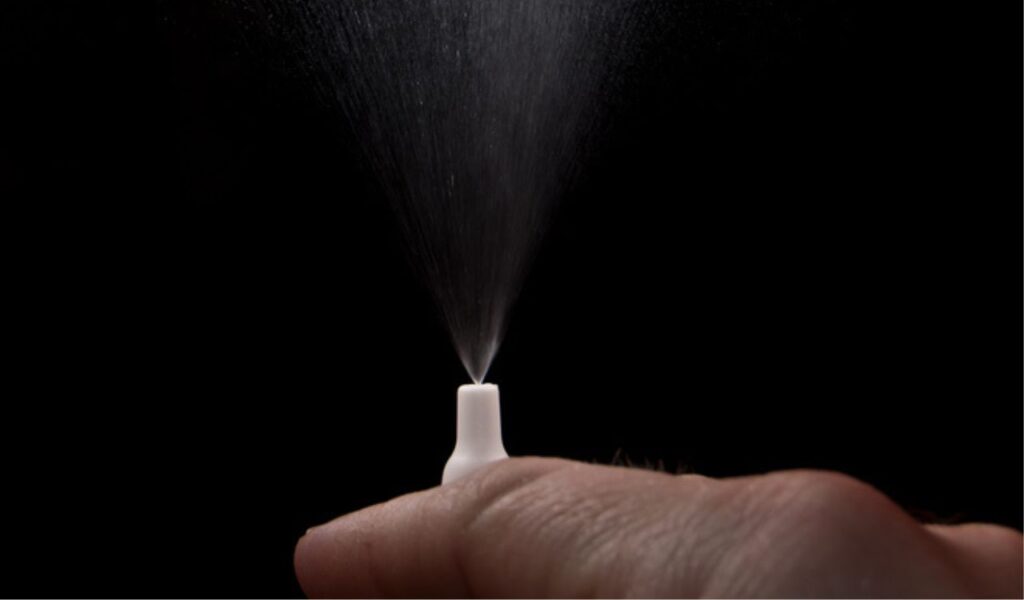
It’s one of the worst-case scenarios: in the rush to deploy your spray, you misfire and hit yourself. A face full of capsaicin mist will leave you blind, coughing, and unable to defend yourself. This kind of mistake can happen easily if you don’t know how to aim or if you panic. Always practice with an inert canister before heading into bear country, and make sure your nozzle is aimed away from you. One wrong move could leave you defenseless at the worst moment.
You Froze Instead of Grabbing the Canister
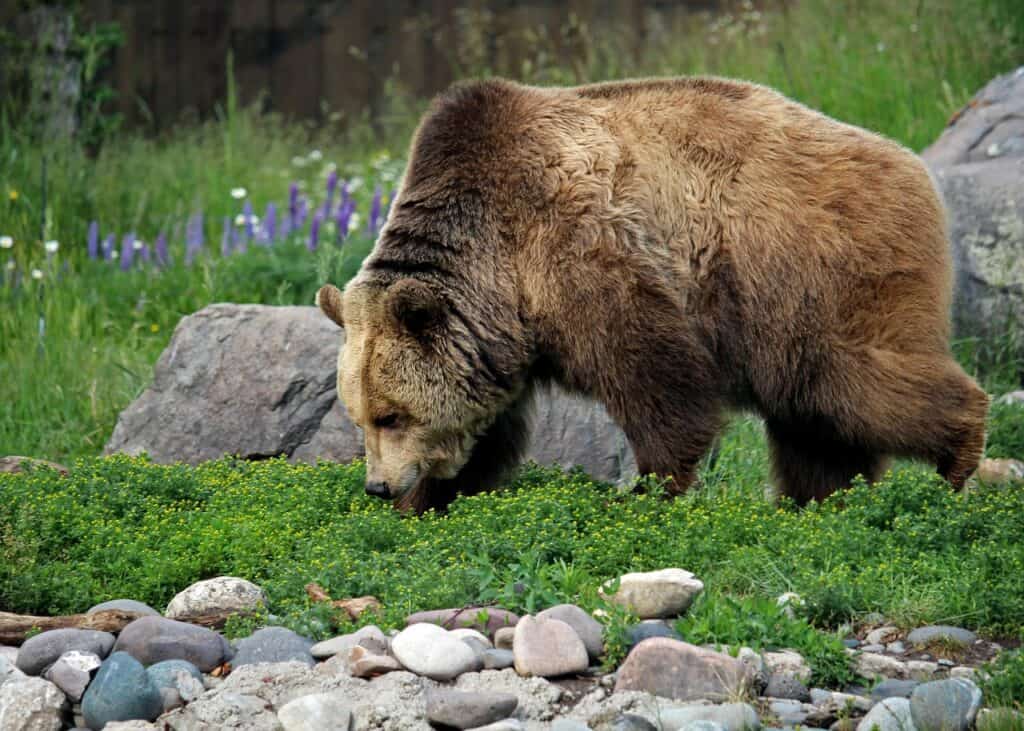
Sometimes your body locks up before your brain catches up. If a bear is closing in and you realize you’ve hesitated too long to grab your spray, that window may have already closed. Freezing is a natural stress response, but it leaves you without a defensive tool when you need it most. Once you’ve missed that moment, focus on staying calm, maintaining eye contact without challenging the bear, and using your voice and posture to de-escalate.